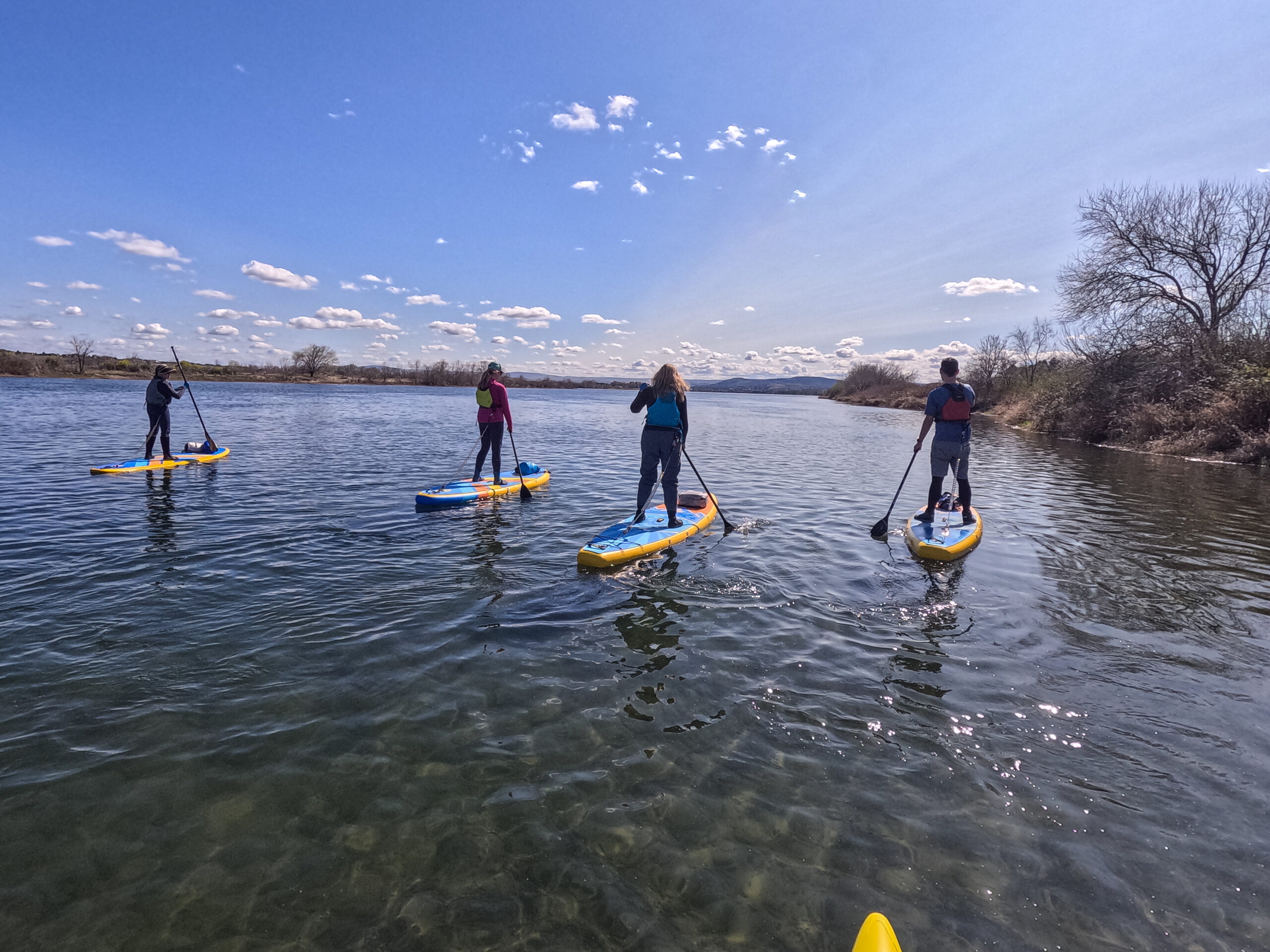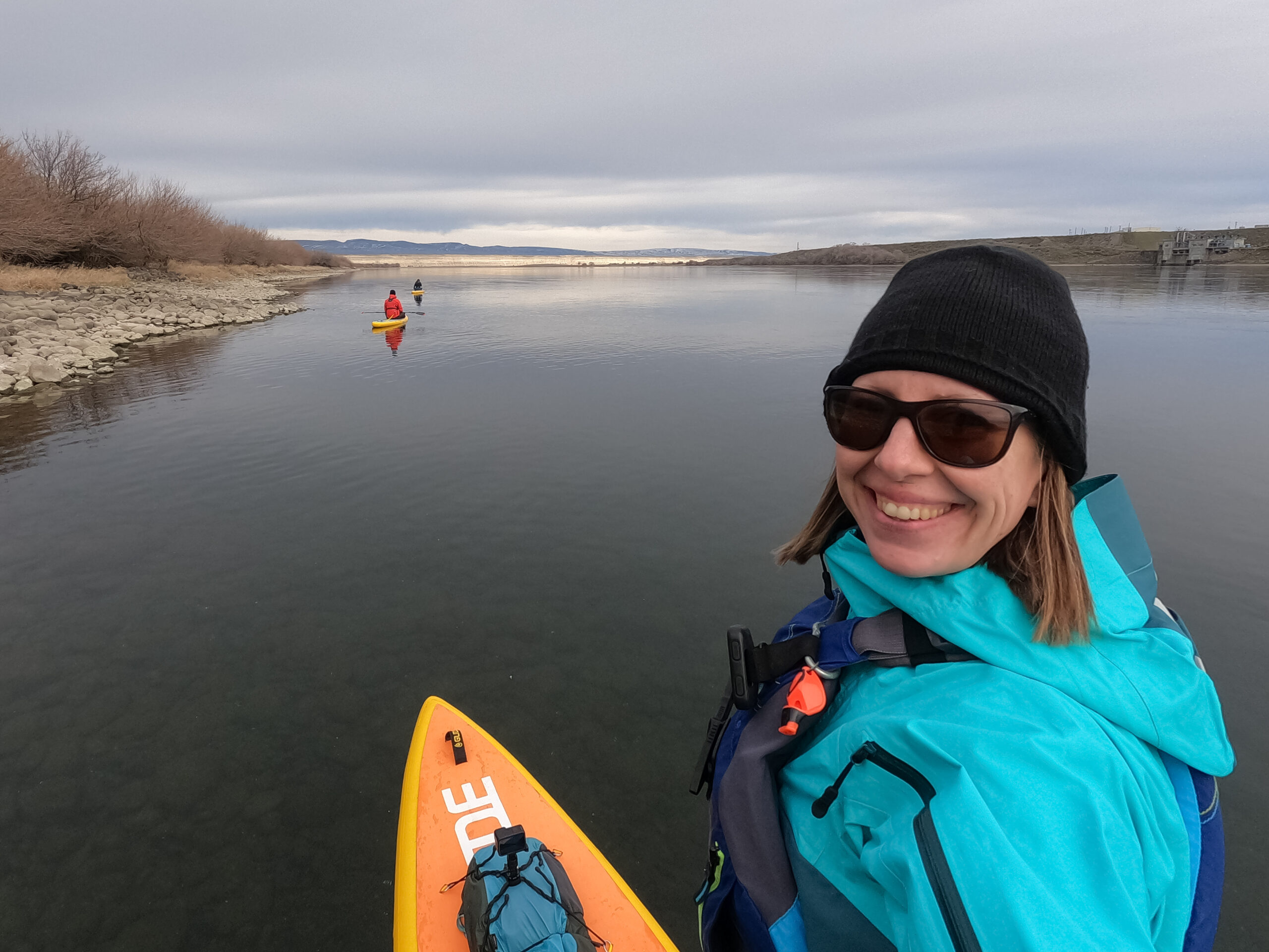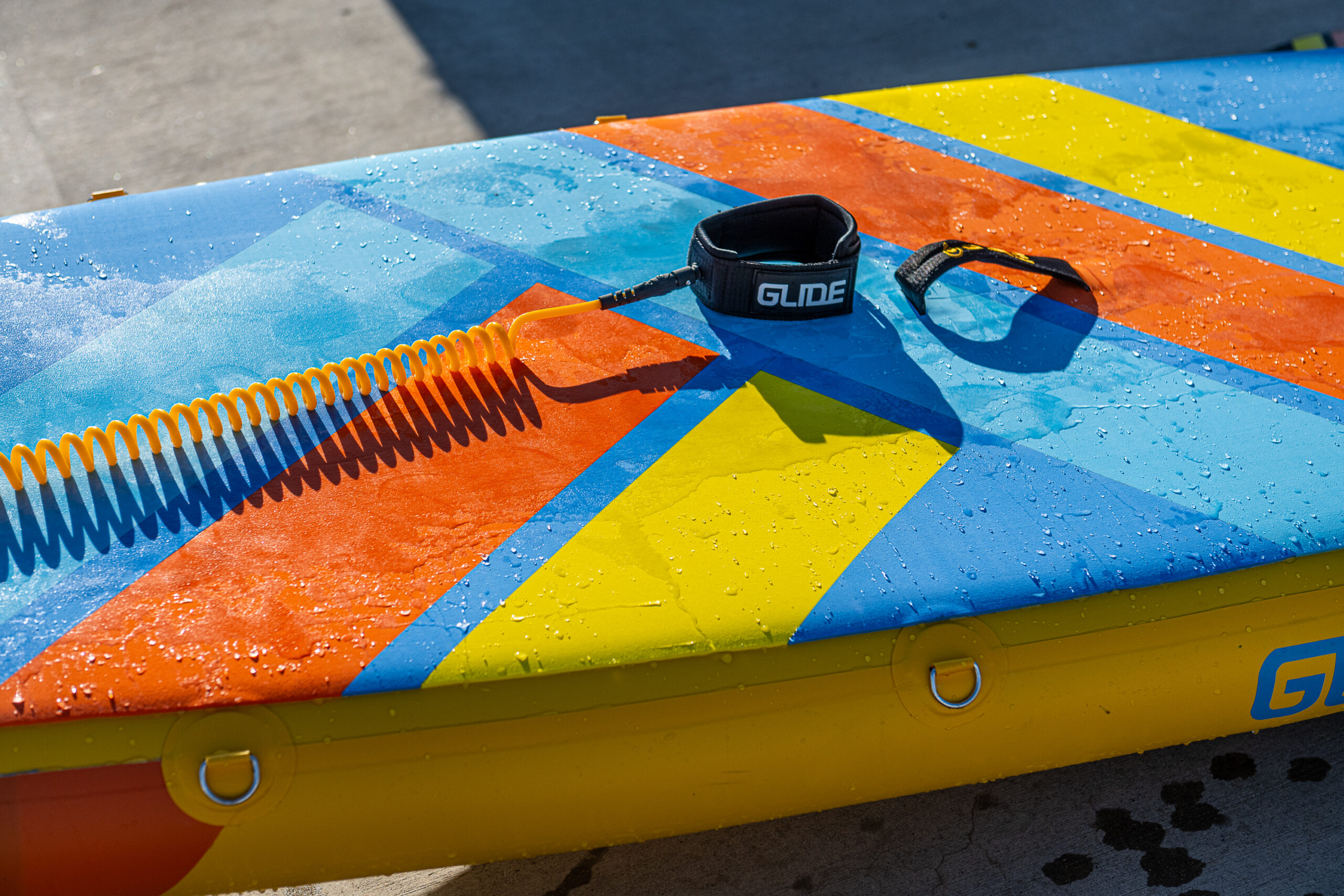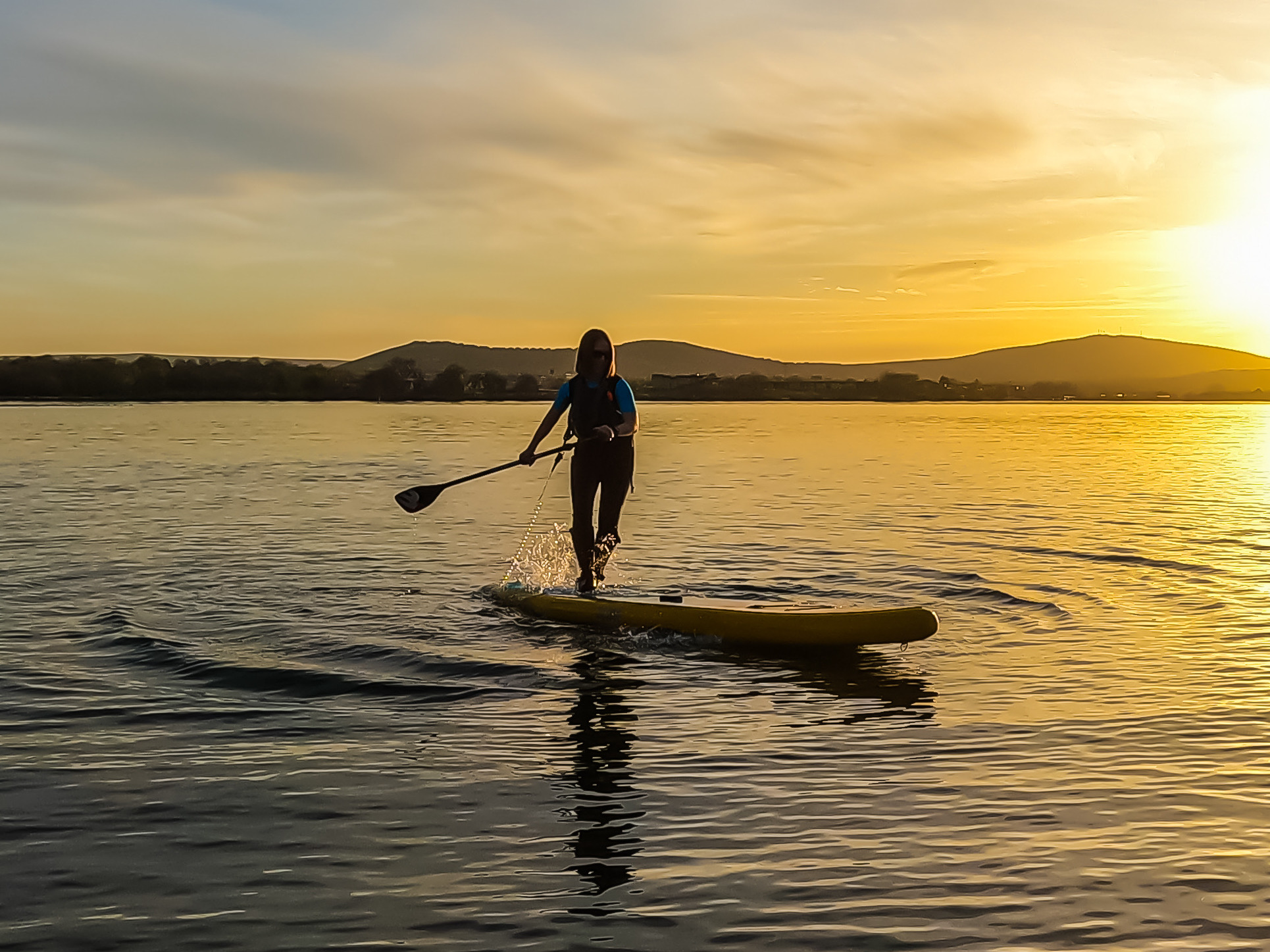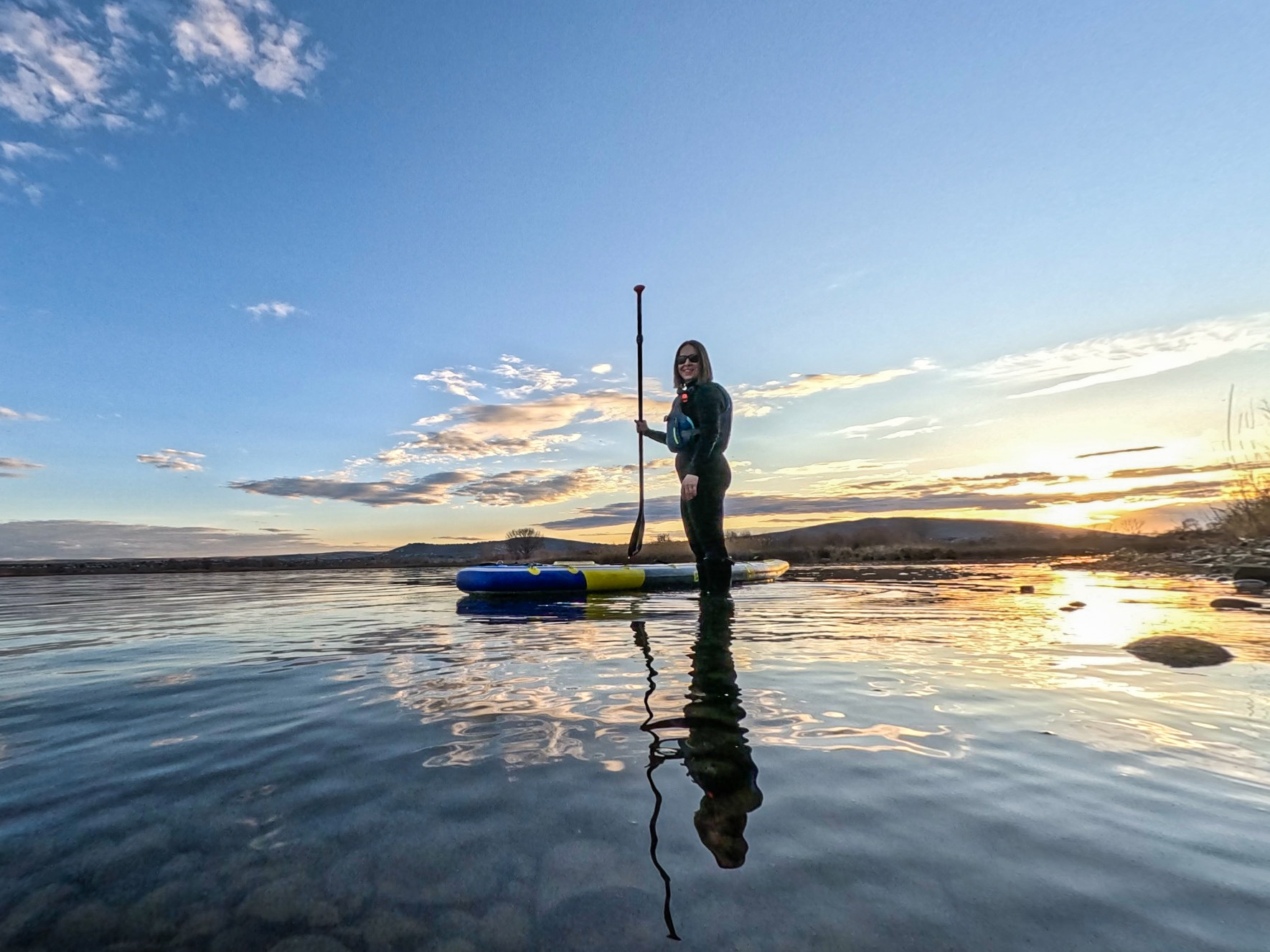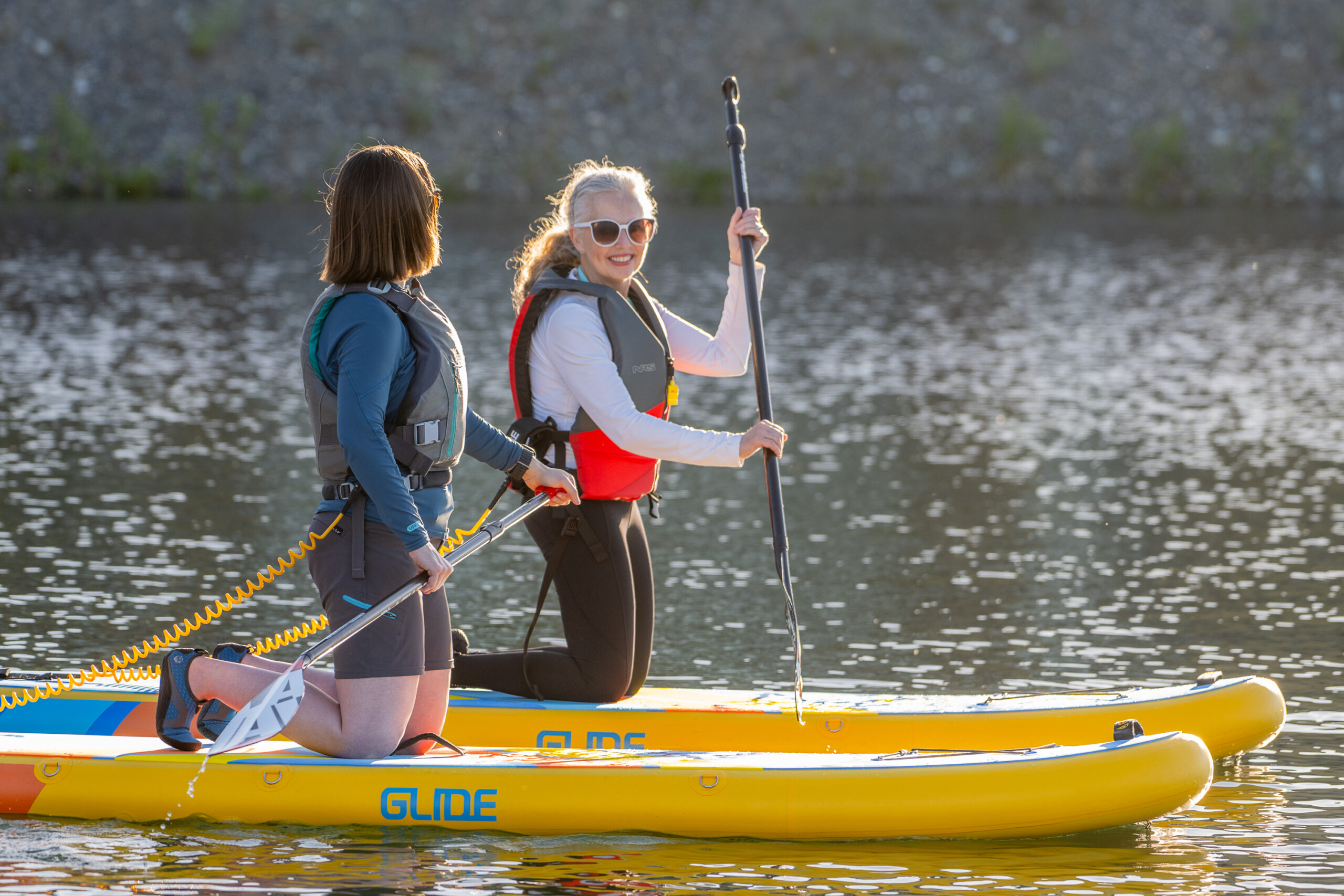Spring is just around the corner, and that means it’s time to dust off your gear, stretch out those paddle muscles, and get ready for another incredible season on the water! Whether your board has been hibernating in storage or you’ve been braving the winter chill, a proper SUP tune-up ensures you’re ready to launch with confidence.
Let’s dive into a few key steps to get you and your gear in top shape for spring paddling.
Step 1: Check Your Board from Nose to Tail
Before heading out for your first spring paddle, take time to inspect, clean, and prep your board.
- Inflatable SUP (iSUP): Fully inflate to the recommended PSI and check for leaks, weak seams, or valve issues. A soap-and-water test along the seams can help detect air leaks. For small punctures, use a patch kit; for larger damage, consider professional repair.
- Hardboard: Inspect for dings, cracks, or soft spots. Even minor damage can allow water to seep in, so make sure to repair before hitting the water.
- Fin(s) and Fin Box: Ensure fins are secure and undamaged. If you paddle in shallow or rocky areas, consider a durable river fin or a shorter touring (weedless) fin.
- Clean and Refresh:
- Rinse with fresh water to remove dirt and debris.
- Use a Magic Eraser for stains and a soft-bristled brush for deck pads (avoid scrubbing too hard).
- For a deeper clean, mix biodegradable soap with white vinegar to remove grime and odors naturally.
Step 2: Check Your Paddle and Other Essential Gear
Your paddle is your main engine on the water, so make sure it’s in good shape!
- Inspect the shaft, handle, and blade for cracks, chips, or delamination. Minor dings can sometimes be sanded down, but major damage may require repair or replacement.
- Check adjustable paddles to ensure the locking mechanism works smoothly and is free from sand or debris. A sticky or slipping adjuster can often be fixed with a rinse and a bit of lubricant.
- Review your additional gear—deck bags, waterproof phone cases, dry bags, and any other accessories. Make sure everything is still functional and replace anything that’s worn out.
Step 3: Review Your Safety Gear—Your Lifeline on the Water
Safety should always be a priority, and now is the perfect time to check your PFD, leash, and other safety essentials.
- Check your PFD:
- If you use an inflatable PFD, inspect the CO2 cartridge to ensure it’s in working order.
- For foam PFDs, check for wear, mildew, or UV damage that could reduce effectiveness.
- Inspect your leash:
- Your leash keeps you connected to your board in case of a fall. Check for fraying, weakened Velcro, or stretched coils.
- If you paddle in moving water, a waist-mounted quick-release leash is the safest option. Ankle leashes can be adapted for quick release when attached to a PFD, but they must be set up correctly for easy detachment in an emergency.
- Confirm your safety whistle and visibility gear:
- A whistle is required by law and should be easily accessible while paddling.
- If you paddle in areas with boat traffic, consider wearing high-visibility gear or carrying a small waterproof light to increase visibility.
Step 4: Get Your Body Ready for Paddling
Your gear isn’t the only thing that needs a tune-up—your body does, too! If you’ve taken a break from paddling over the winter, easing back in with mobility work and light strength training will help prevent injuries and improve performance.
Key areas to focus on:
- Core strength – Improves stability and endurance
- Shoulder mobility – Reduces strain and enhances stroke efficiency
- Leg strength – Helps with balance and overall paddling power
For a detailed breakdown of exercises designed for paddlers, check out our recent blog: Spring Training for Paddlers: Strength, Balance & Endurance. This guide walks you through effective training to get your paddling muscles primed for the season.
Step 5: Plan Your First Paddle of the Season
With your gear ready and your body prepped, it’s time for the best part—getting back on the water!
- Start with a familiar and comfortable route for your first paddle of the season.
- Spring conditions can be unpredictable, so always check the weather, water temperature, and wind forecast before heading out.
- If the water is still chilly, wearing a wetsuit or drysuit is essential for staying warm and safe.
Looking to refresh your skills, explore new techniques, or paddle with a supportive group? Spring is the perfect time to sign up for a clinic or guided paddle. At Aqueous SUP, we’re here to help paddlers refine their technique and build confidence—whether it’s your first paddle of the season or your hundredth!
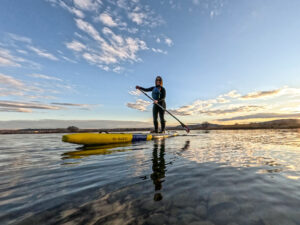
Are You Ready for Spring?
Now that your board, paddle, and body are tuned up and ready, where will you take your first spring paddle? Drop a comment and share your favorite early-season paddling spot—we’d love to hear where you’re launching first!
Need a refresher or want to fine-tune your skills? Check out our spring classes and guided paddles to start the season strong.
Have questions about prepping your gear or getting ready for the season? We’re here to help! Reach out anytime, and we’ll make sure you’re set up for a safe and successful return to the water. See you on the water!
